WILL RUSSIA’S FIRST ‘STEALTH BOMBER’ BE A DUD?
- By Alex Hollings
Share This Article

Russia has begun building a prototype of their first ever stealth bomber, according to Russia’s state-owned media outlets. The platform, which has been dubbed the PAK-DA, is intended to compete directly with America’s B-2 Spirit and China’s forthcoming Xian H-20. Russia claims the platform will be in serialized production as soon as 2027.
The United States has long been the global leader in stealth aviation technology, starting with the legendary F-117 Nighthawk which, despite being colloquially referred to as the “Stealth Fighter” was actually the world’s first operational stealth bomber. Despite the F-117 reaching initial operating capability as far back as 1983, the United States managed to maintain a monopoly on stealth military aircraft until fairly recently, with Russia’s Sukhoi Su-57 stealth fighter first taking to the skies in 2010 and China’s Chengdu J-20 following shortly behind in 2011.
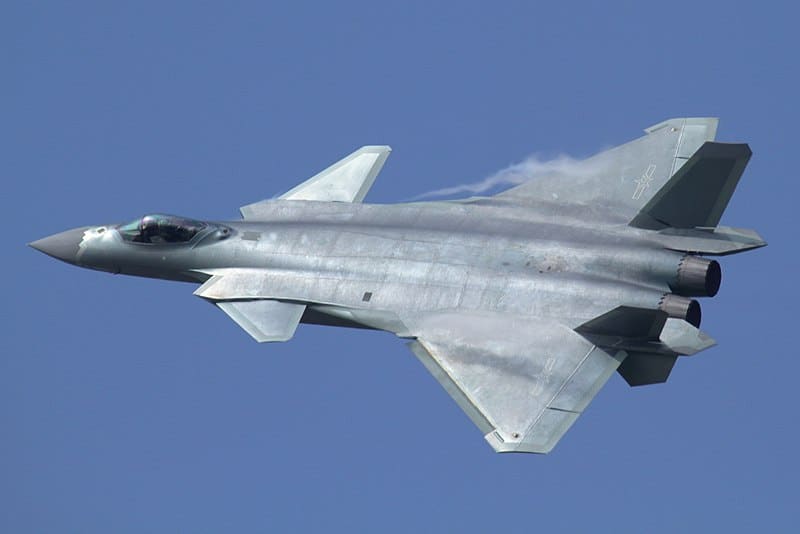
However, despite America’s latest and greatest stealth platforms, like the Lockheed Martin F-35 Joint Strike Fighter, commonly being compared to Russia’s and China’s own stealth jets, the truth is, America continues to maintain a far larger fleet of operational stealth aircraft than its two competitors combined. To date, only around a dozen or so Su-57s have been built, for instance, and although Russia claimed it’s stealth fighter would finally reach serialized production in late 2019, the very first stealth jet to roll off the assembly line promptly crashed on its first flight.
Russia may lack adequate funding to truly put the Su-57 into production, but even if that weren’t a concern, aviation experts the world over have called the Russian jet’s stealth capabilities into question. Stealth is not a single technology, but rather a series of overlapping technologies, production methodologies, and combat tactics. In particular, Russia seems to lack the production methodologies specifically needed to produce aircraft panels with tight enough tolerances to truly redirect radar waves. While the Su-57 may have a smaller radar signature than most non-stealth fourth generation fighters, it is widely considered to be the least stealthy of the world’s stealth jet competitors.
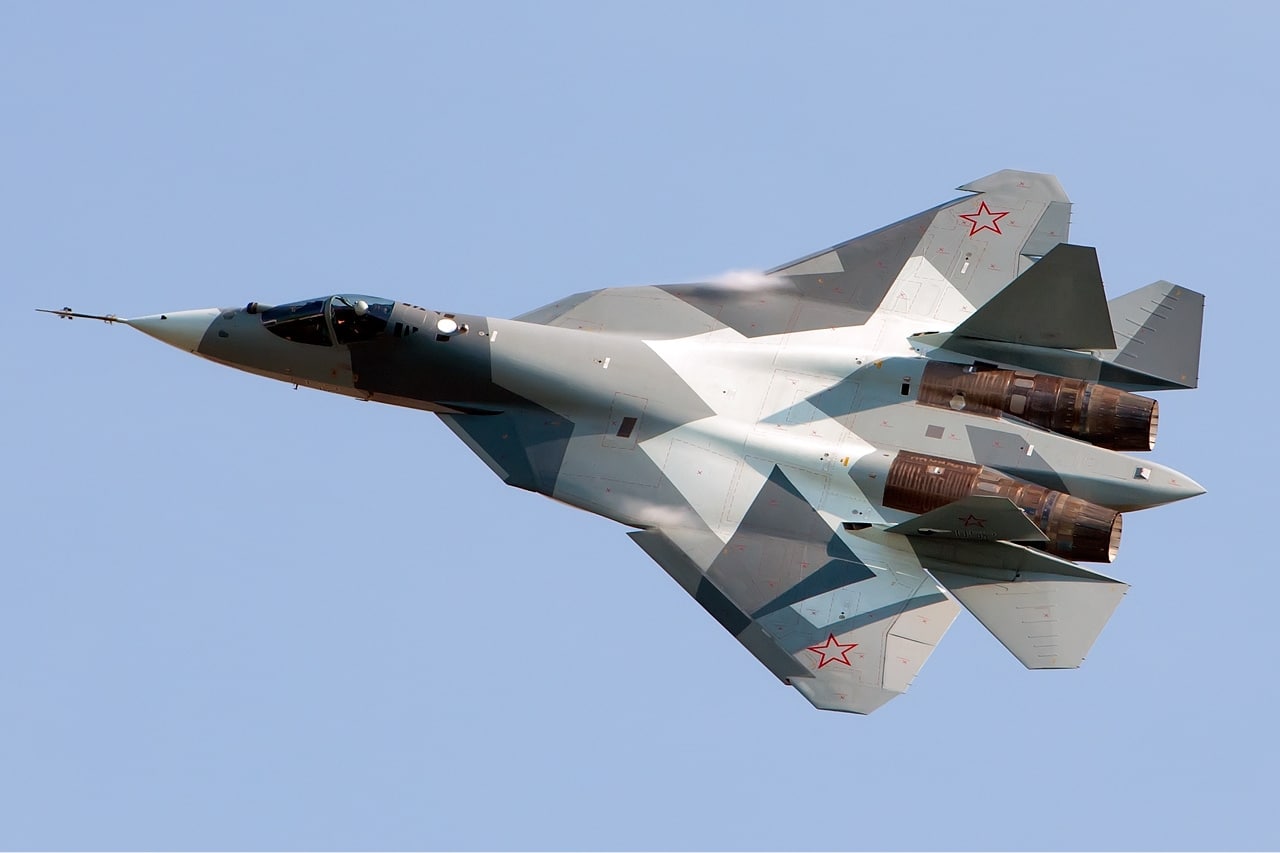
It’s because of Russia’s inability to adequately produce stealth fighters that their claims regarding the forthcoming PAK-DA should be taken with a grain of salt. Russia has a long and illustrious history of developing weapons systems and platforms that garner a fair bit of press attention and then don’t actually work. Their Uran-9 combat infantry robot, for instance, drew headlines the world over when Russia deployed it to Syria, only for stories about the platform’s utter failure to slowly worm their way out of Russia in the months that followed.
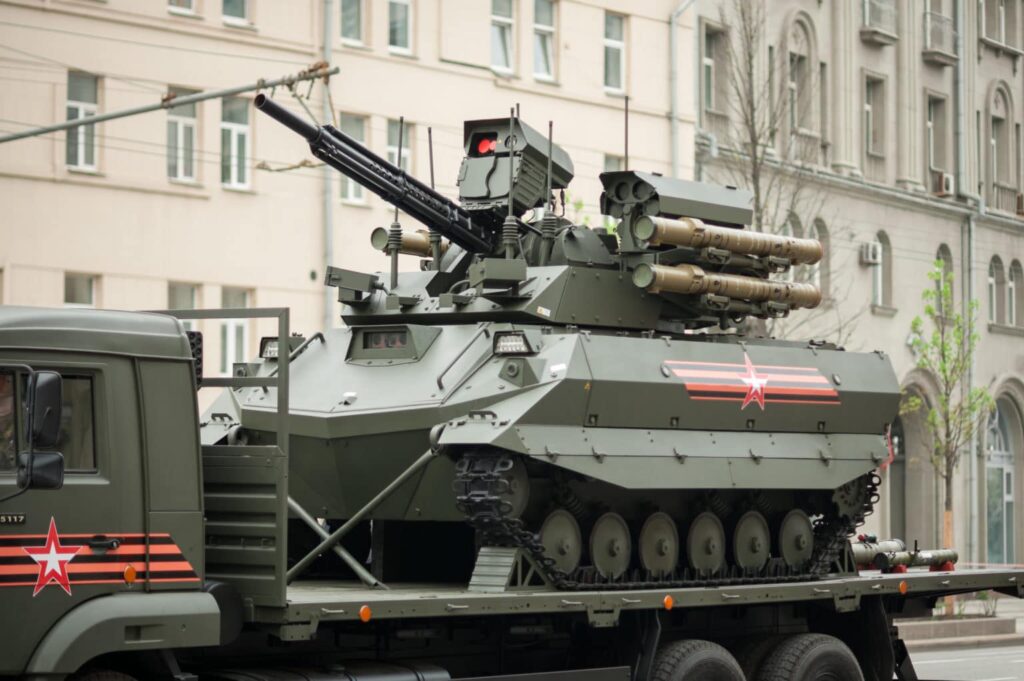
Of course, that isn’t to say that Russia is incapable of building highly effective weapons systems and platforms. The Su-57’s stealth characteristics may be in question, but the aircraft itself is seen as a significant threat to fourth generation fighters like America’s workhorse F-16s, F-15s, and F/A-18s, thanks to things like its thrust-vectoring jet nozzles that grant the fighter a high degree of maneuverability.
Which brings us, once again, to the PAK-DA strategic bomber Russia currently has in the works. According to TASS, a media outlet owned by the Russian government, the new bomber will utilize a flying wing design much like America’s B-2 Spirit and forthcoming B-21 Raider. It will be a subsonic platform with heavy payload capabilities which will include cruise missiles, precision bombs, and hypersonic weapons.
While lacking in details, that sounds a great deal like a bomber with similar characteristics to America’s stealth bomber, the B-2, as well as China’s announced H-20, which is fashioned so specifically after the B-2 that China even copied Northrop Grumman’s publicity stills for their bomber announcement.
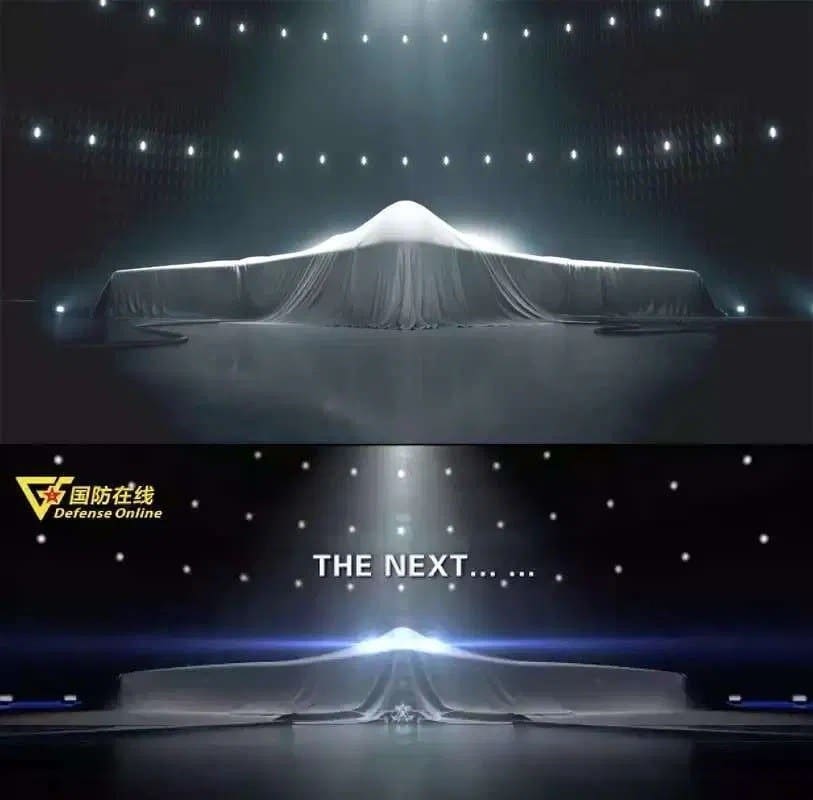
Russia’s stagnate economy is hindered considerably by sanctions placed on them by the international community for aggressive acts around the world like the military annexation of Crimea in 2014 and the attempted assassination of a former Russian intelligence officer on UK soil in 2018. As a result, the nation is forced to pick and choose where to invest its military spending–often leaning toward publicity-garnering “doomsday weapons” that create a perception of Russian military might, despite being unable to repair or field their lone aircraft carrier or to order any of their new platforms like the Su-57 or T-14 Armata tank in any significant quantities.
Russia’s troubled history with stealth platforms and poor funding both suggest that Russia’s claims that their forthcoming PAK-DA will roll into production by 2027 are pretty questionable. However, strategic bombers don’t need to exist in large numbers to play a pivotal role in combat operations. America maintains a fleet of only around 21 B-2 Spirits, which is more than enough to cause a whole lot of trouble (current plans call for 100 B-21 Raiders to be built in the coming years). If Russia were able to build a dozen or so of these large, sneaky bombers, it could represent a significant jump in Russia’s combat capabilities.
Of course, that would require that the bomber be as stealthy as Russia says it will be, which is, in itself, rather questionable.
Related Posts
Sandboxx News Merch
-

‘AirPower’ Classic Hoodie
$46.00 – $48.00 Select options This product has multiple variants. The options may be chosen on the product page -

‘Sandboxx News’ Trucker Cap
$27.00 Select options This product has multiple variants. The options may be chosen on the product page -

‘Kinetic Diplomacy’ Bumper Sticker (White)
$8.00 Add to cart

Alex Hollings
Alex Hollings is a writer, dad, and Marine veteran.
Related to: Airpower, Military Affairs
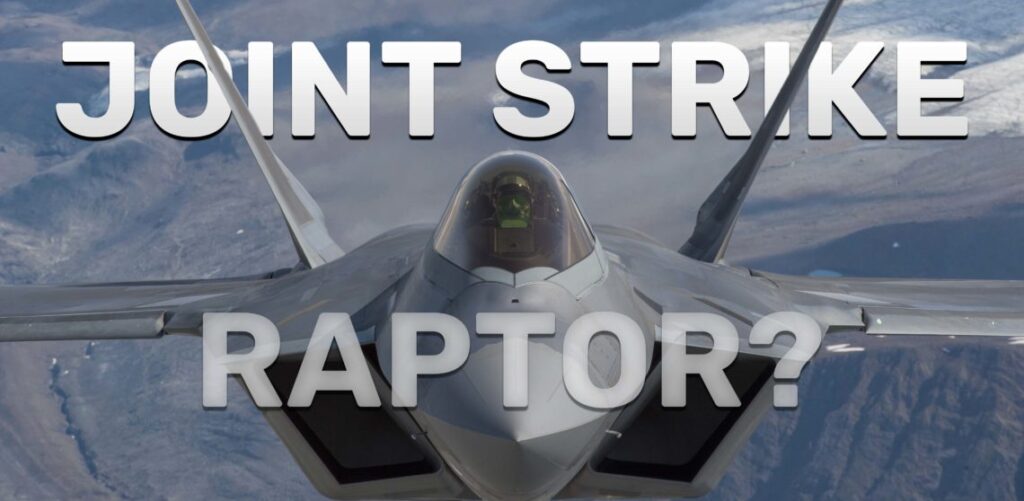
Just how good would an F-22/F-35 hybrid fighter really be?
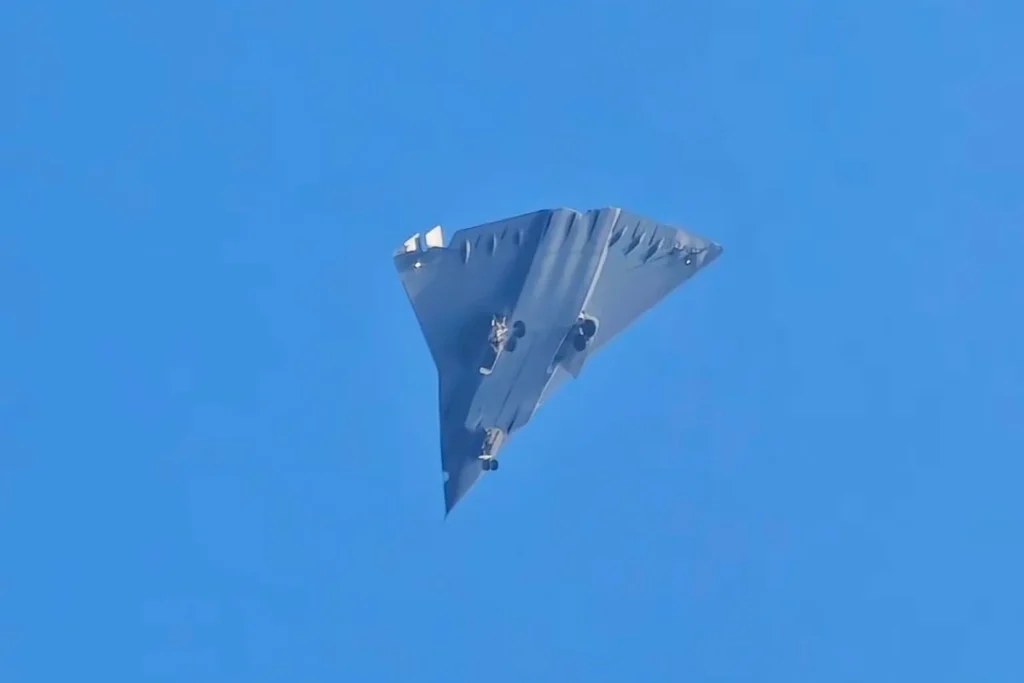
What do we know about China’s new ‘6th gen’ fighters?
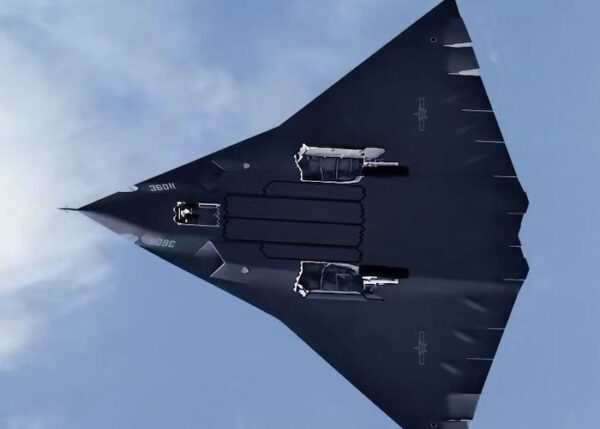
It doesn’t matter if China’s new J-36 stealth jet is a fighter or a bomber

Former Navy SEAL and pioneer combat medicine physician is awarded Presidential Citizen’s Medal
Sandboxx News
-

‘Sandboxx News’ Trucker Cap
$27.00 Select options This product has multiple variants. The options may be chosen on the product page -

‘AirPower’ Classic Hoodie
$46.00 – $48.00 Select options This product has multiple variants. The options may be chosen on the product page -

‘AirPower’ Golf Rope Hat
$31.00 Select options This product has multiple variants. The options may be chosen on the product page -

‘Sandboxx News’ Dad Hat
$27.00 Select options This product has multiple variants. The options may be chosen on the product page
